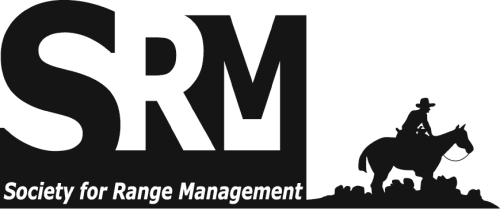Monitoring lentic systems is imperative to the Bureau of Land Management (BLM) and US Forest Service�s (USFS) multiple-use mandates directing management of watersheds for activities that potentially impact lentic resources, such as livestock grazing, timber harvesting, mining, energy development, and recreation. Consequently, knowing the condition and trend of lentic systems at both targeted sites and broader spatial scales is critical to achieving BLM�s mission to �sustain the health, diversity, and productivity of the public lands for the use and enjoyment of present and future generations.� To more effectively evaluate resource condition across landscapes, and as a result of different management objectives that transcend traditional boundaries, the BLM decided to approach lentic monitoring under the broader Assessment, Inventory and Monitoring (AIM) strategy and the National Aquatic Monitoring Framework (NAMF) specifically. To address these needs, an interagency, interdisciplinary working group was formed to established core indicators for lentic systems sampled under the AIM strategy. The selection of lentic indicators is following a process similar to that used to select and validate lotic core indicators under the NAMF, which included internal and external peer review. Lentic core indicators address vegetative cover and composition, plant height, woody species density and age class, and pedestaling. Supplemental indicators, which can be collected in addition to core indicators, include use-based measurements of stubble height and woody species use. This is unique because it is the first AIM protocol to include short-term and use-based indicators, which can tie condition to management. The draft protocol includes methods to evaluate condition and trends across various spatial scales, and multiple transect layouts to accommodate both systematic random sampling and targeted use-based monitoring. The protocol will be tested in the summer of 2018 for feasibility of field use, and research will be needed to validate sample sufficiency and ability to detect change.

Oral presentation and poster titles, abstracts, and authors from the Society for Range Management (SRM) Annual Meetings and Tradeshows, from 2013 forward.